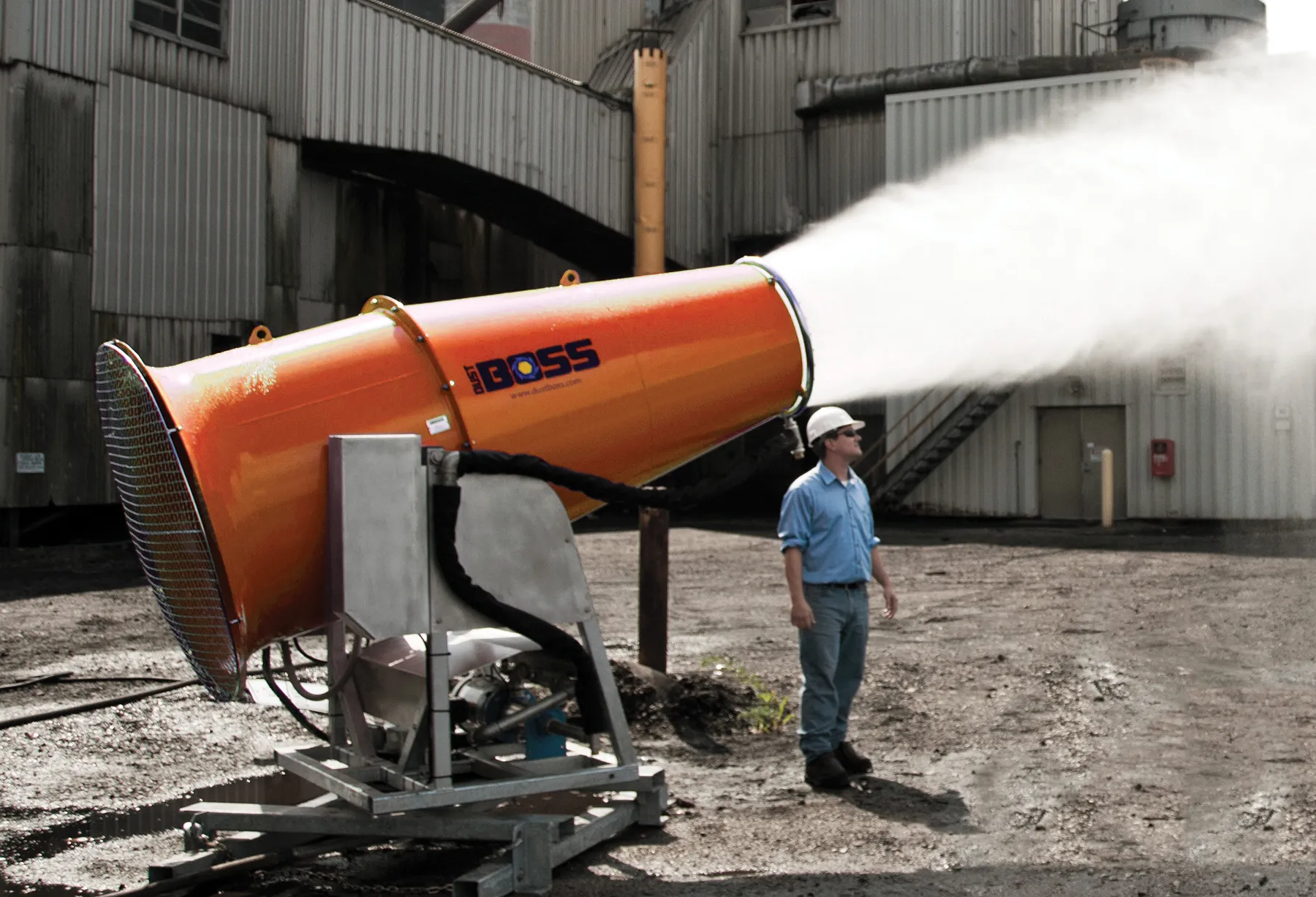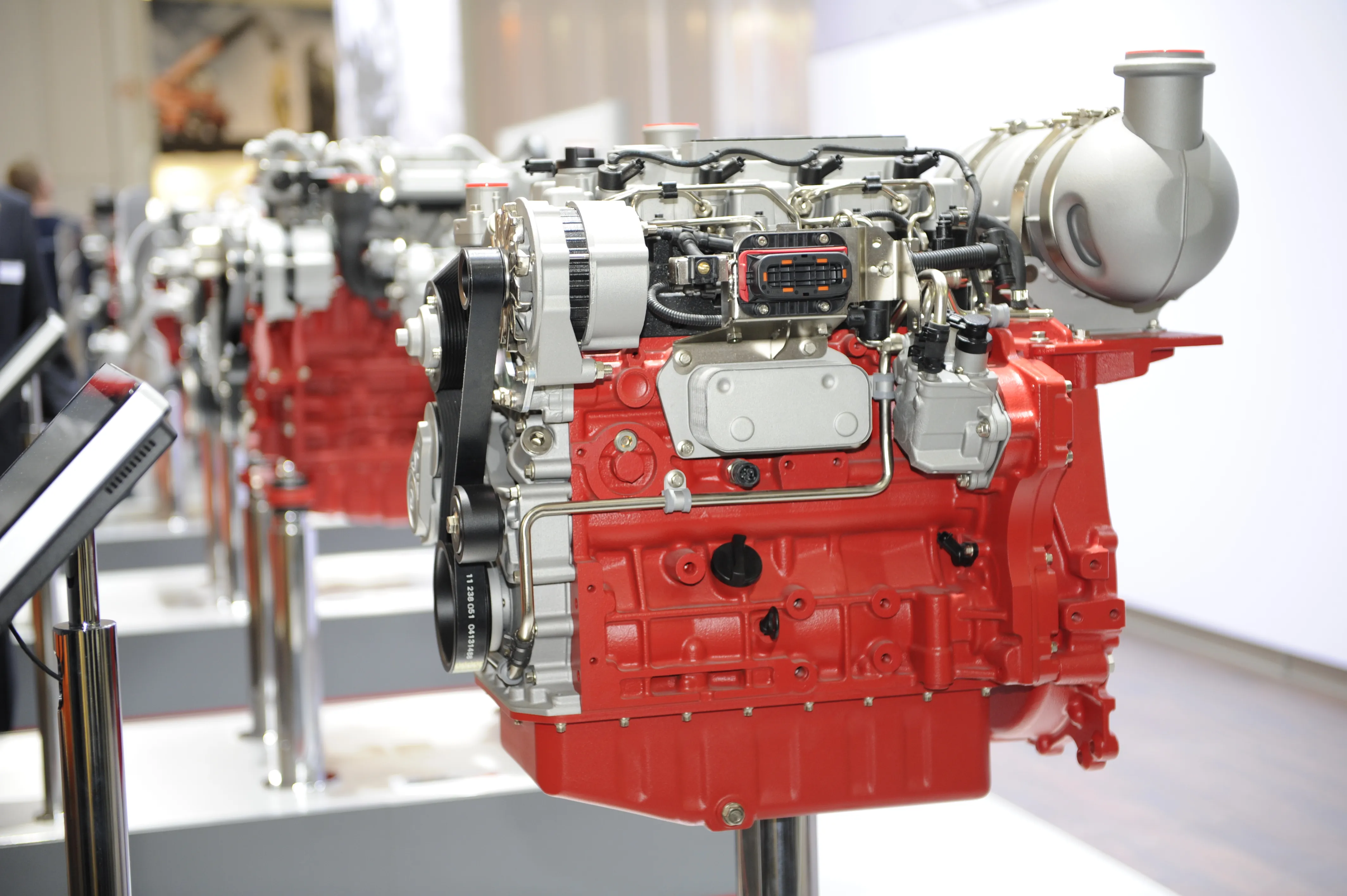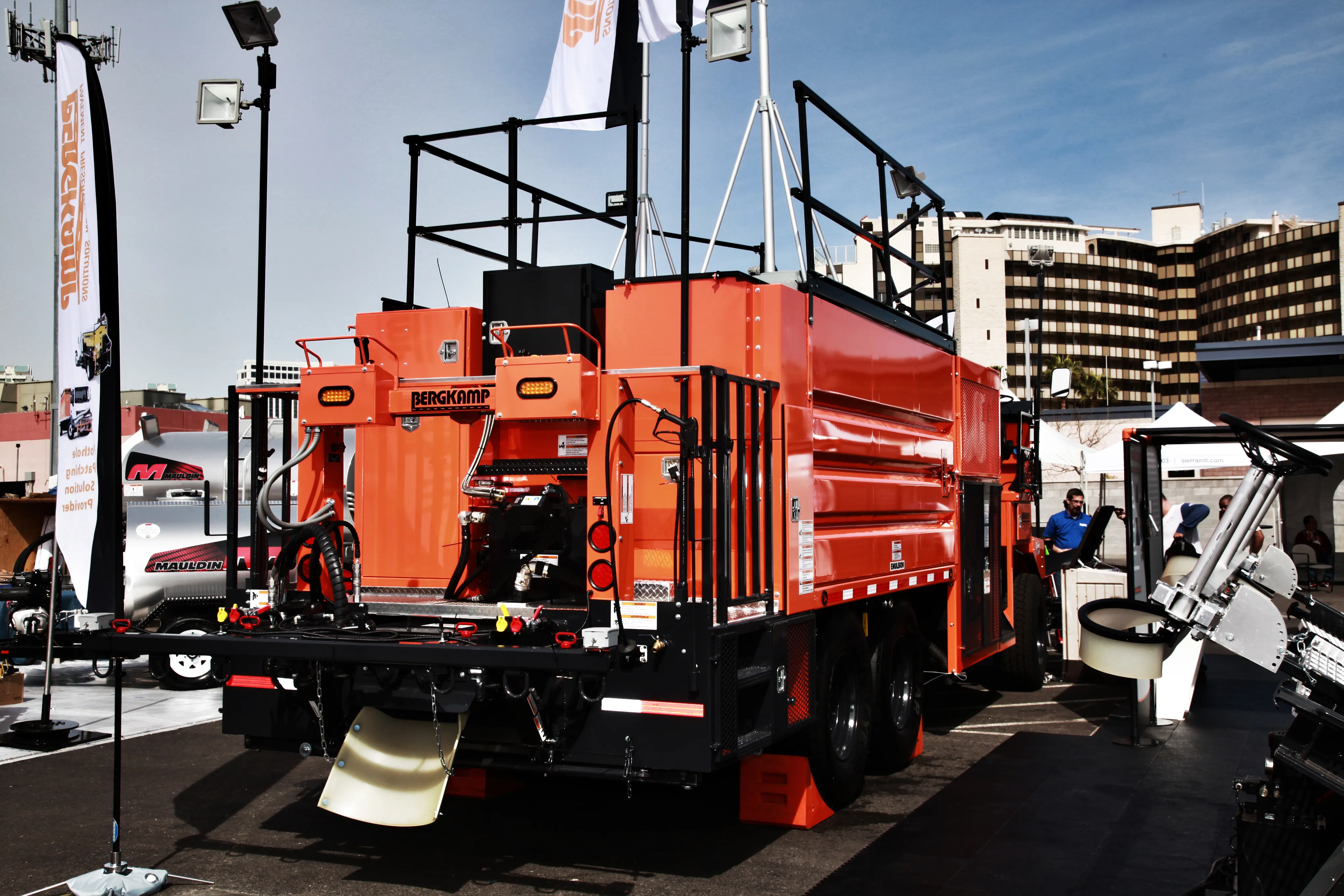Dust Control Technology, among the leaders in open area dust suppression, has announced its newest and largest-ever design with the introduction of the DustBoss DB-100.
Engineered specifically to deliver the power to reach the working face of large quarries and open cast mines, the new dust suppressor has a range of more than 100m, giving it ample reach to cover material stockpiles 61m-91.5m high.
The giant atomised misting unit from DCT stands nearly 2.4m tall, and can cover an area of more than 26,000m²
January 6, 2017
Read time: 2 mins

Engineered specifically to deliver the power to reach the working face of large quarries and open cast mines, the new dust suppressor has a range of more than 100m, giving it ample reach to cover material stockpiles 61m-91.5m high.
The giant atomised misting unit from DCT stands nearly 2.4m tall, and can cover an area of more than 26,000m² from a single location.
The DB-100 was designed with input from some of the world’s leading mining and quarrying companies, with data collected from numerous site visits, where visibility around huge working areas can be profoundly impacted by dust.
“Most operations use water trucks to wet down haul roads before trucks enter the area for loading,” says DCT CEO Edwin Peterson. “Unfortunately, the technique is only marginally beneficial on surface dust, and it has virtually no effect on airborne particles.
“This new unit will reach all the way to the working face of a quarry or mine, knocking down dust from the shovel right as it picks up or drops material. With the improved visibility and air quality, quarrying and mining companies can maintain a safer and more productive workplace.”
%$Linker:








